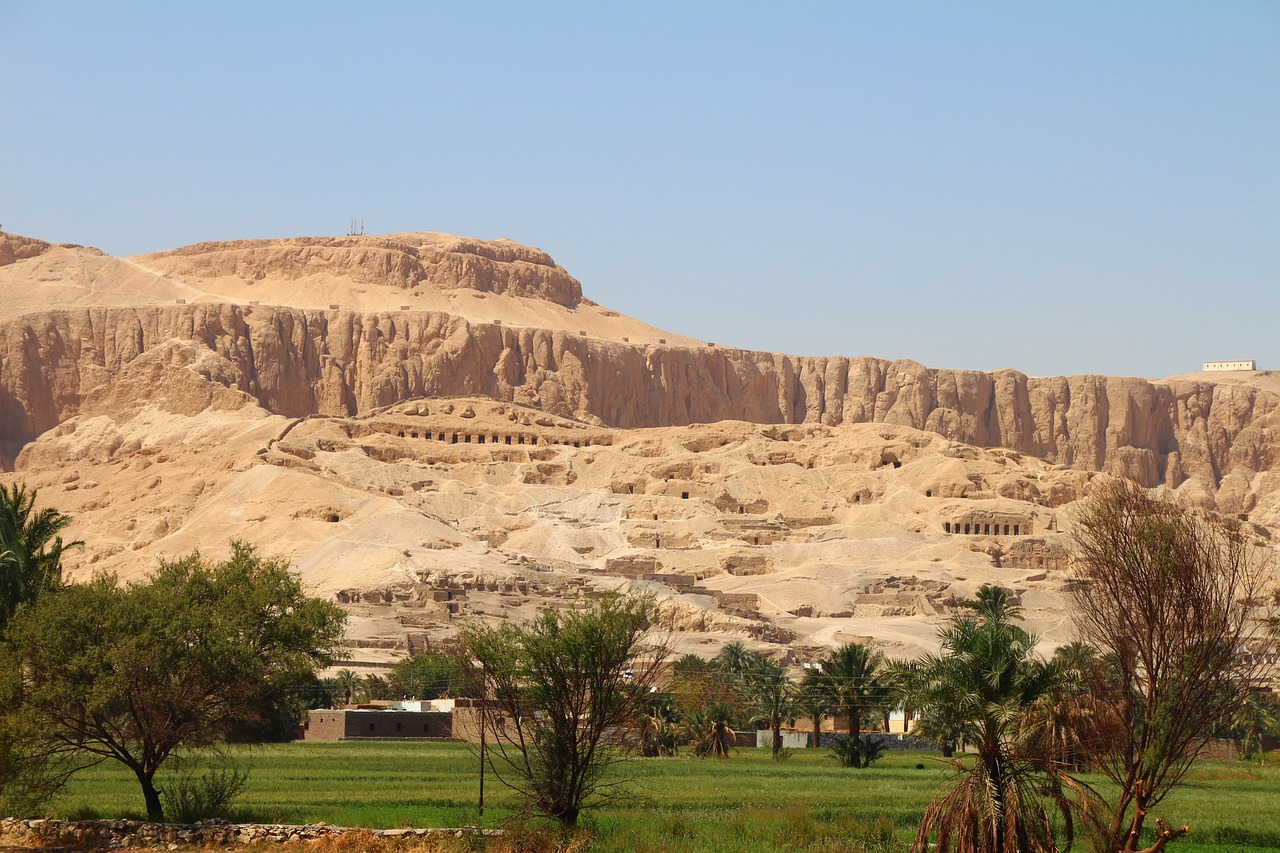Key Insights into Ancient Egyptian Religion
Ancient Egyptian religion encompasses a complex set of indigenous beliefs that evolved from predynastic times to the early centuries of the Common Era. This intricate system of spirituality was deeply entwined with societal practices throughout the historical period, predominantly from around 3000 BCE. While remnants of prehistoric beliefs existed, the establishment of the Egyptian state initiated a transformative era for religious expression.
Religion permeated every facet of ancient Egyptian life, reflecting a multifaceted interaction with the divine rather than being a singular, cohesive entity. It is crucial to acknowledge that religion extended beyond mere worship of deities and human piety; it also embraced engagement with the deceased, divination, and magical practices. Central to public religious life were two primary figures: the king and the pantheon of gods, both of which played pivotal roles in the Egyptian civilization.
The pharaoh occupied a critical position as a mediator between humanity and the divine. They participated intimately in divine matters, constructing grand funerary edifices driven by religious convictions to ensure their afterlife. Ancient Egyptian deities were characterized by an astonishing diversity, often depicted in animal forms or as hybrid beings with human bodies and animal heads. Among the most revered gods were the sun god, revered under various names and aspects, and Osiris, the god of the afterlife and ruler of the underworld. Osiris, along with his partner Isis, gained prominence during the first millennium BCE, particularly as solar worship experienced a decline.
Cosmological View
The ancient Egyptians held a distinct cosmological perspective, viewing the universe as a structured hierarchy that included the deities and their earthly dominion—centered in Egypt—flanked by a chaotic realm from which order originated. This balance of order and chaos necessitated continual vigilance. The king was viewed as the primary force in society tasked with maintaining divine favor to guard against disorder. This worldview, marked by a fundamentally pessimistic outlook on cosmic balance, was closely linked to solar deities, especially the sun god, and underscored the legitimacy of both kingship and the elite’s role in sustaining order.
In contrast to their somber beliefs about universal disorder, the monuments erected reflected an optimistic portrayal of the cosmos, depicting harmonious interactions between the pharaohs and the gods, signifying a reciprocal relationship that sustained the established order. This dynamic reinforced the notion of decorum within religious expression, governing what could be depicted and how, ensuring that the representation adhered to culturally accepted norms.
Although much of what is known about these beliefs comes from inscriptions and artifacts created by and for the ruling elite, the spiritual practices and beliefs of the common populace remain less understood. While it is unlikely that a stark divide existed between the religious views of the elite and the ordinary people, this possibility cannot be entirely dismissed.



